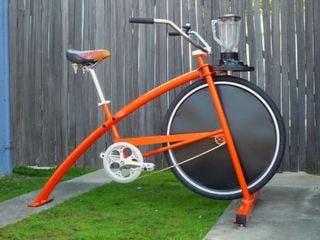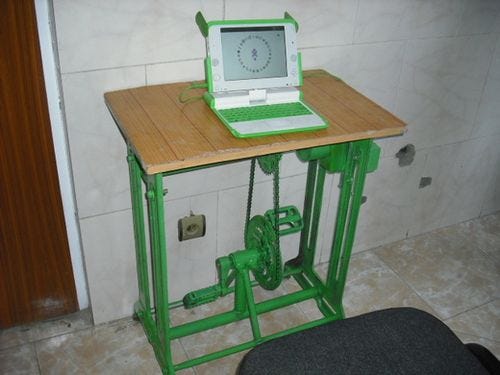More nuclear
E = mc2
How much power do we get from nuclear?
Mass–energy equivalence arose from special relativity as an answer to a paradox described by the French scientist Henri Poincaré.
Mass–energy equivalence states that all objects having have a corresponding intrinsic energy, even when they are stationary. When an object is motionless the mass and energy are equivalent and they differ only by a constant, the speed of light squared. This is a major break from Newton, who claimed an object at rest has no kinetic energy, but may have chemical or thermal energy.
This is used in modeling nuclear reactions and it means, as you probably know, a great amount of energy can be released by the nuclear fission chain reactions used in both nuclear weapons and nuclear power.
One kilo of mass is equal to 2630000000 litres or 695000000 US gallons of automotive gasoline. This is because the speed of light is a big number, even bigger when you square it.
So, if we’re not going to use nuclear, and we don’t have another 250 million years to make some more oil, what are we going to use?
How long did the Manhattan project take?
The Manhattan Project began modestly in 1939, but grew to employ more than 130,000 people and cost nearly US$2 billion (equivalent to about $23 billion in 2019). Research and production took place at more than thirty sites across the United States, the United Kingdom, and Canada.
Alternative forms of power
Volcanoes, geo-thermal, hydro-electric, hydrogen, or human?
https://www.lowtechmagazine.com/2011/05/pedal-powered-farms-and-factories.html
https://sciencing.com/disadvantages-nuclear-energy-4578885.html

